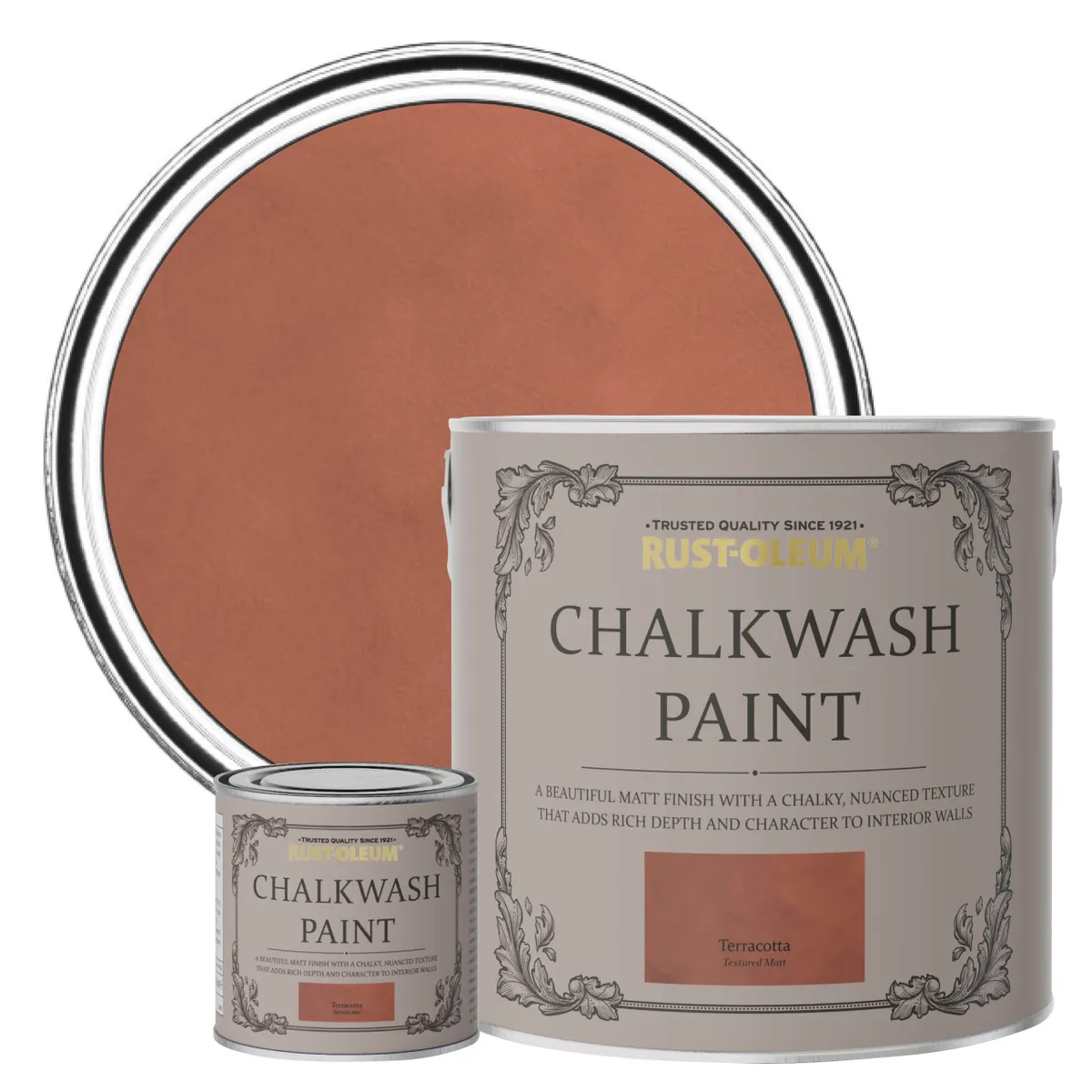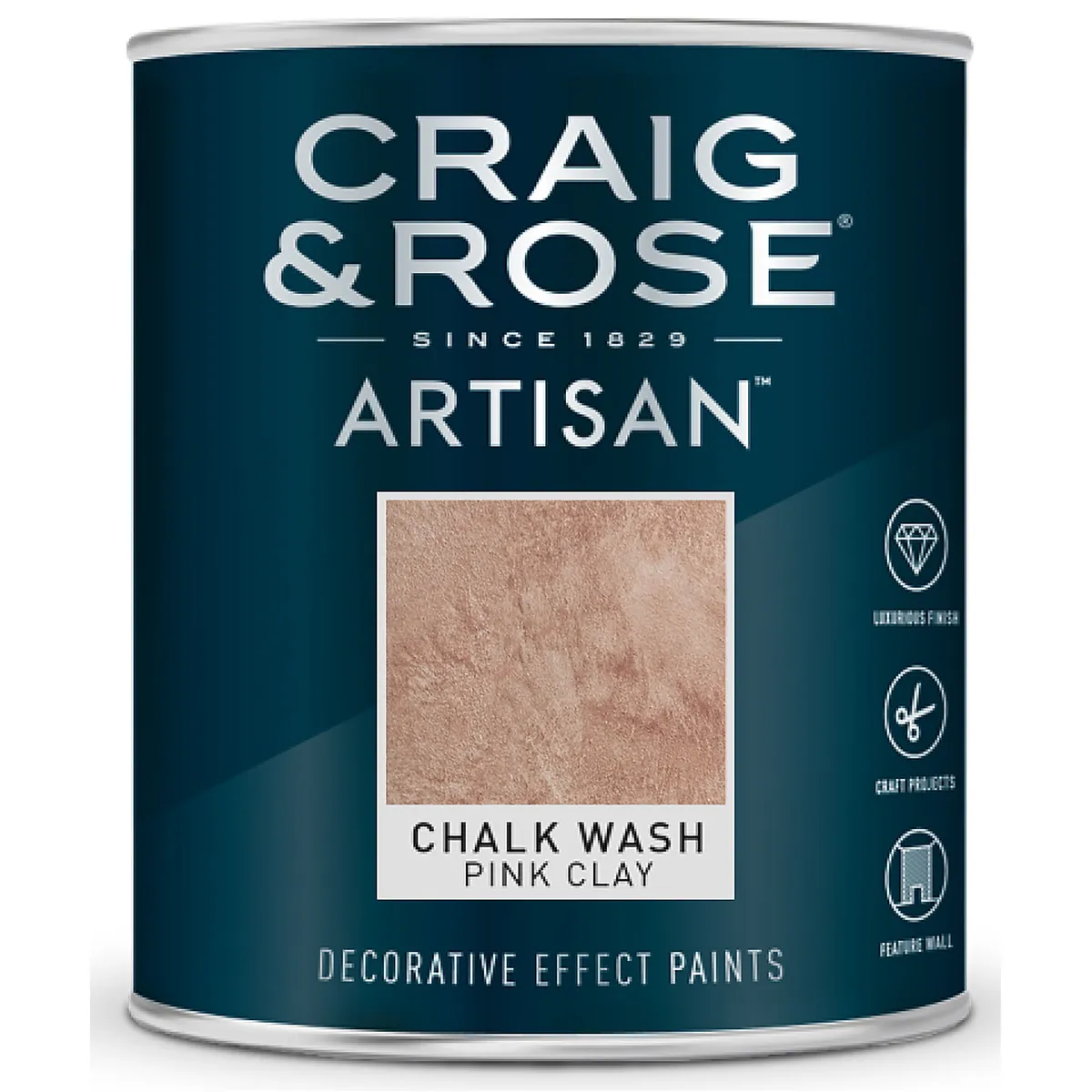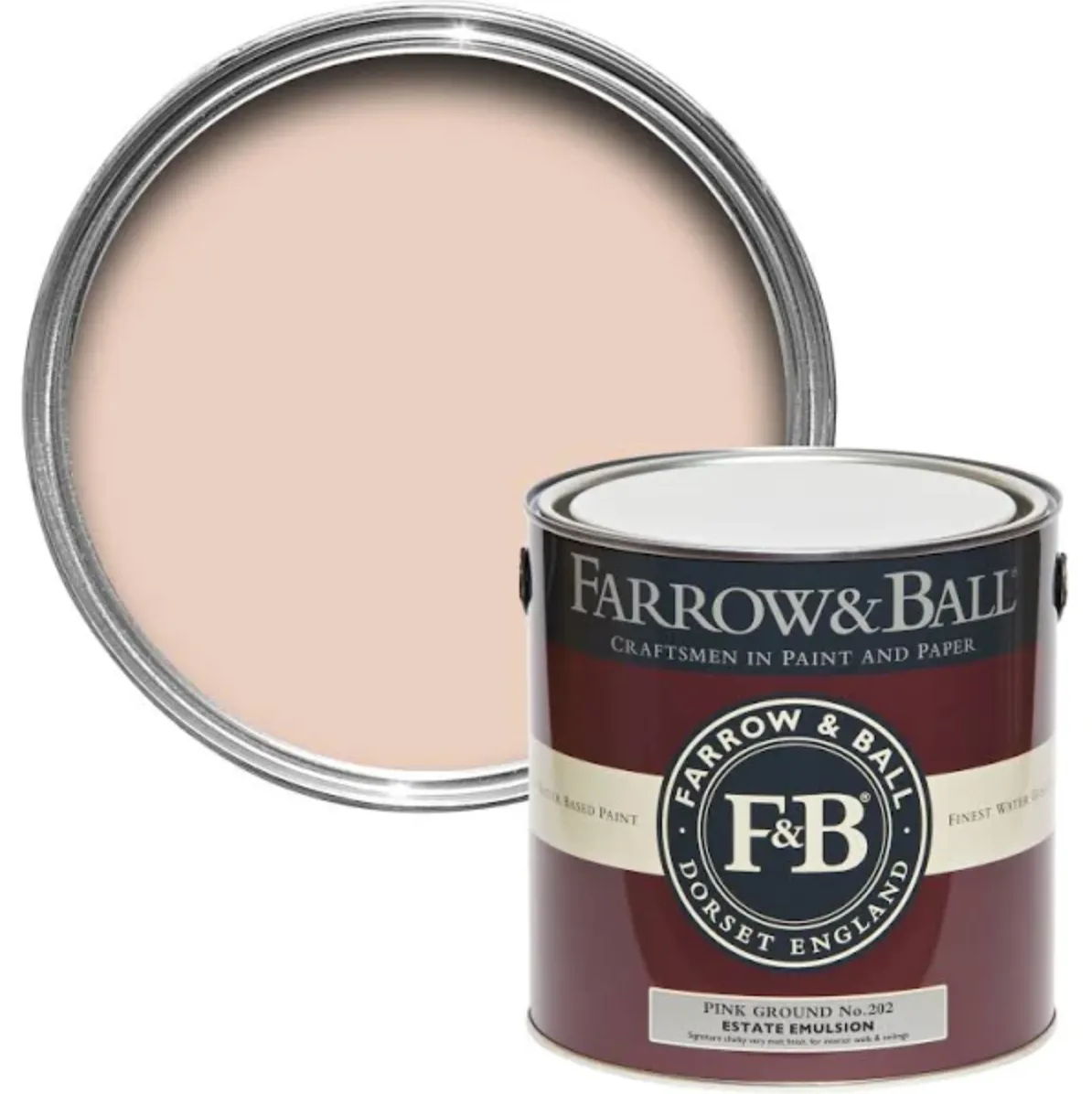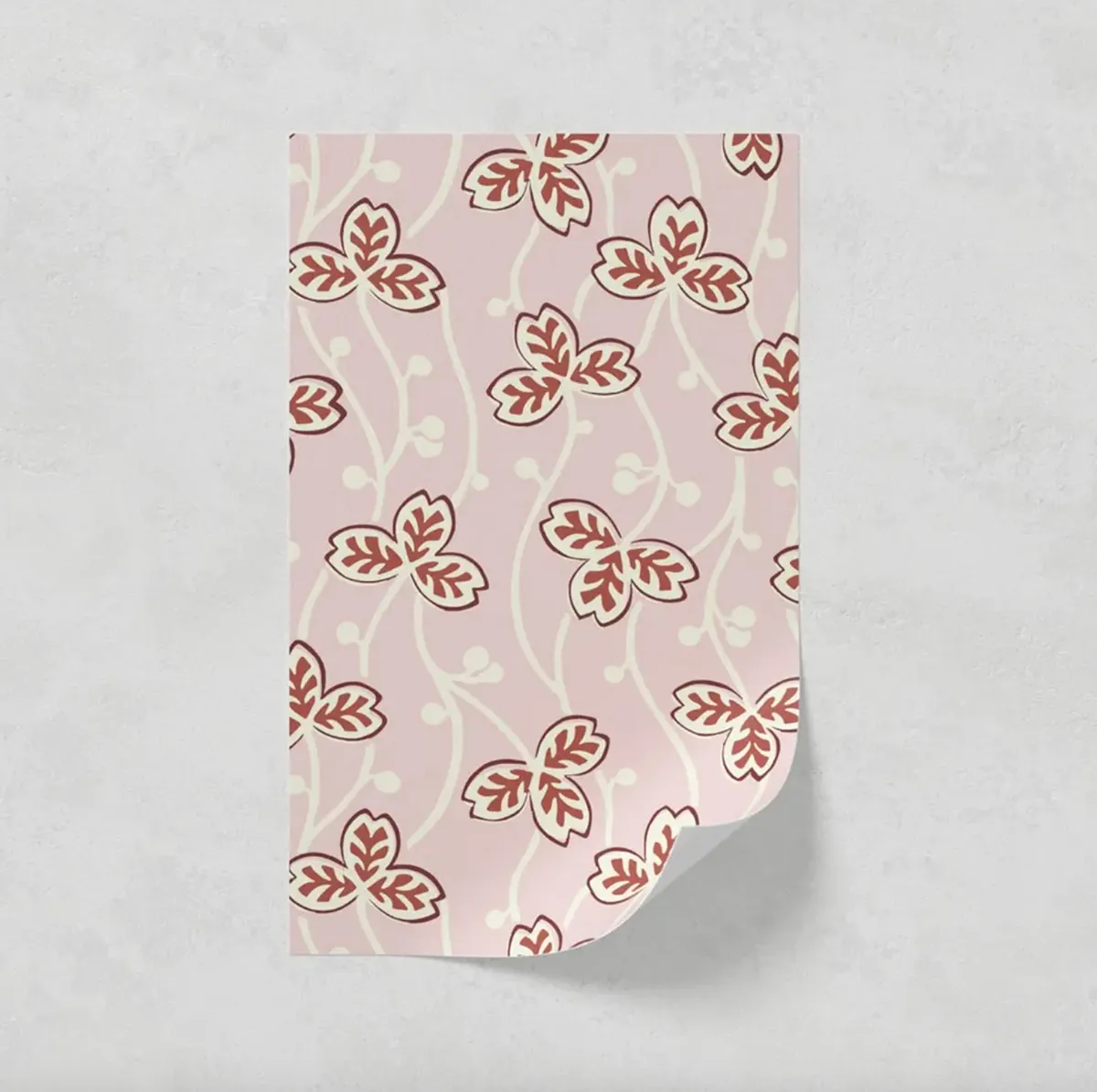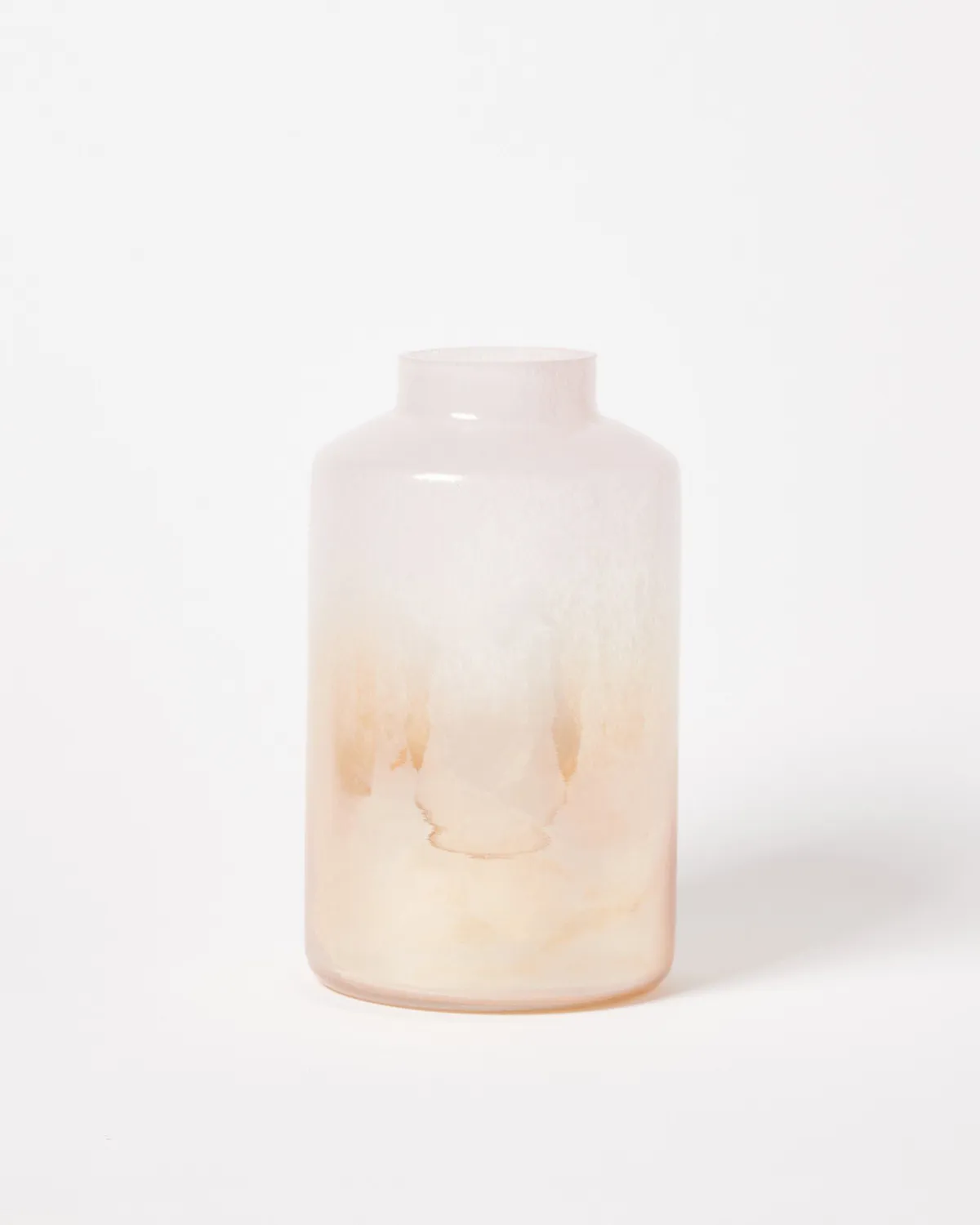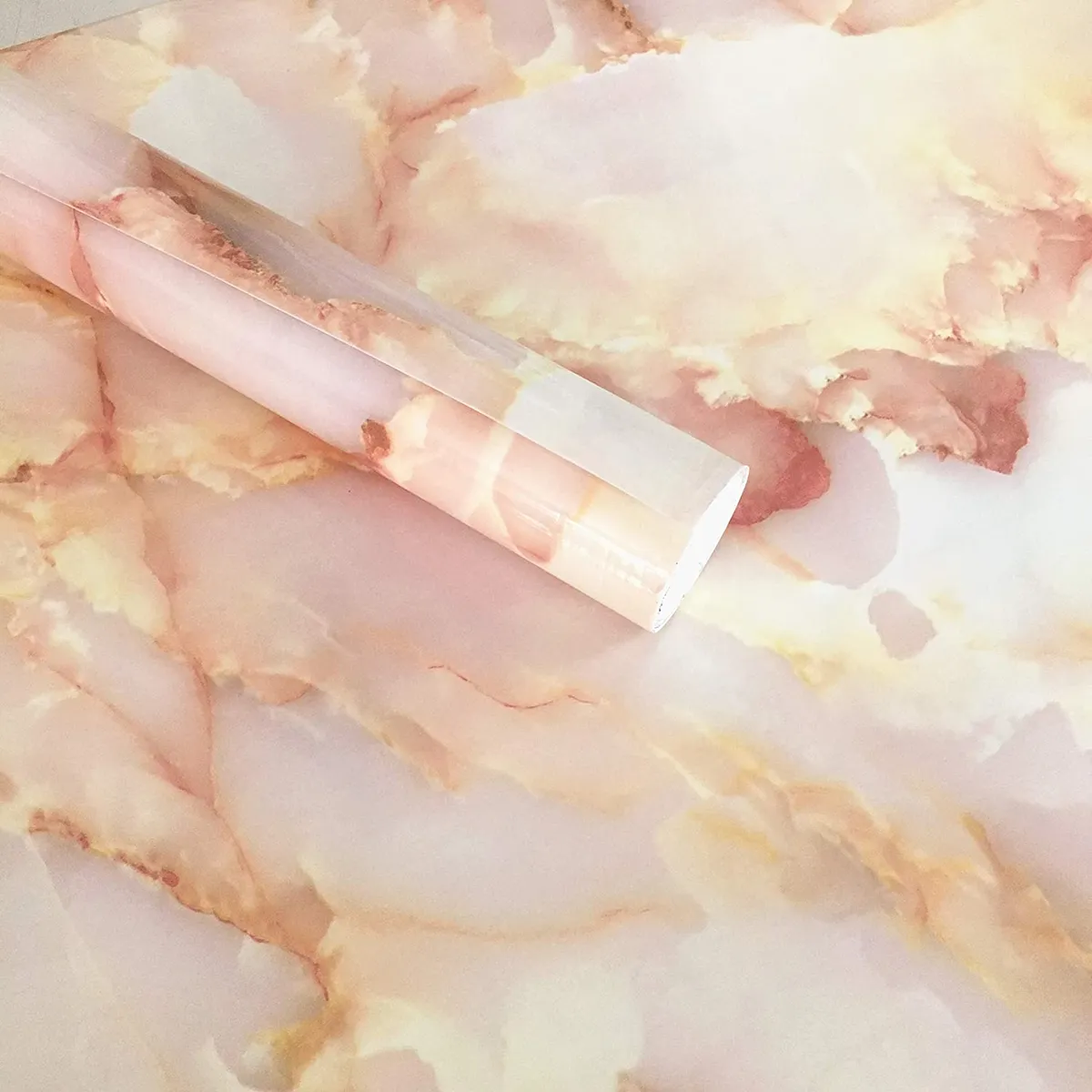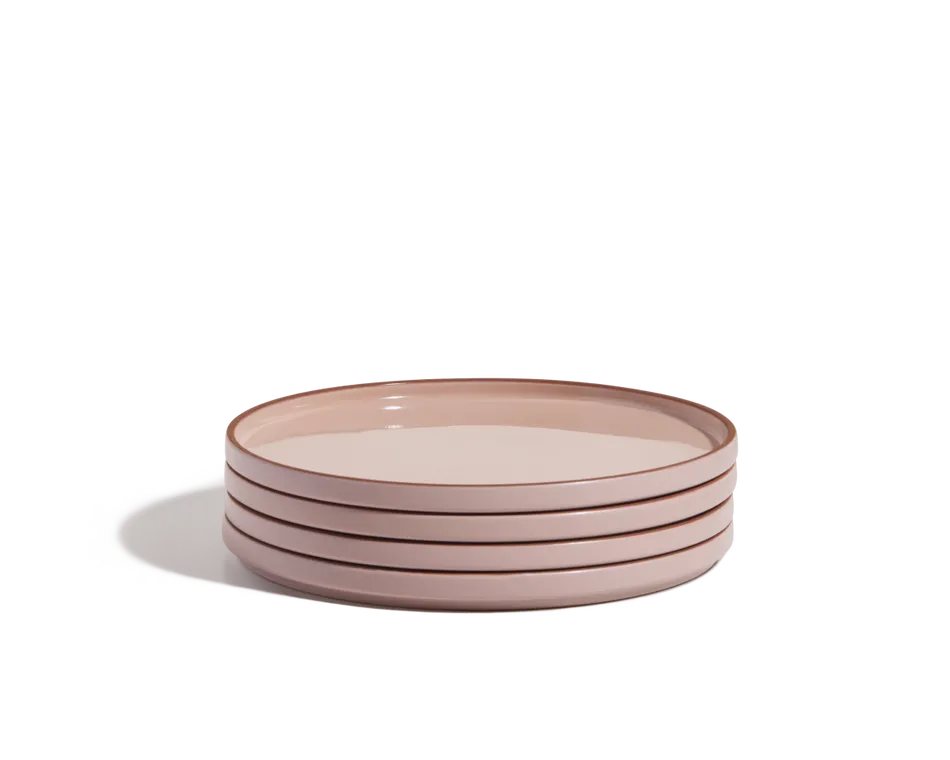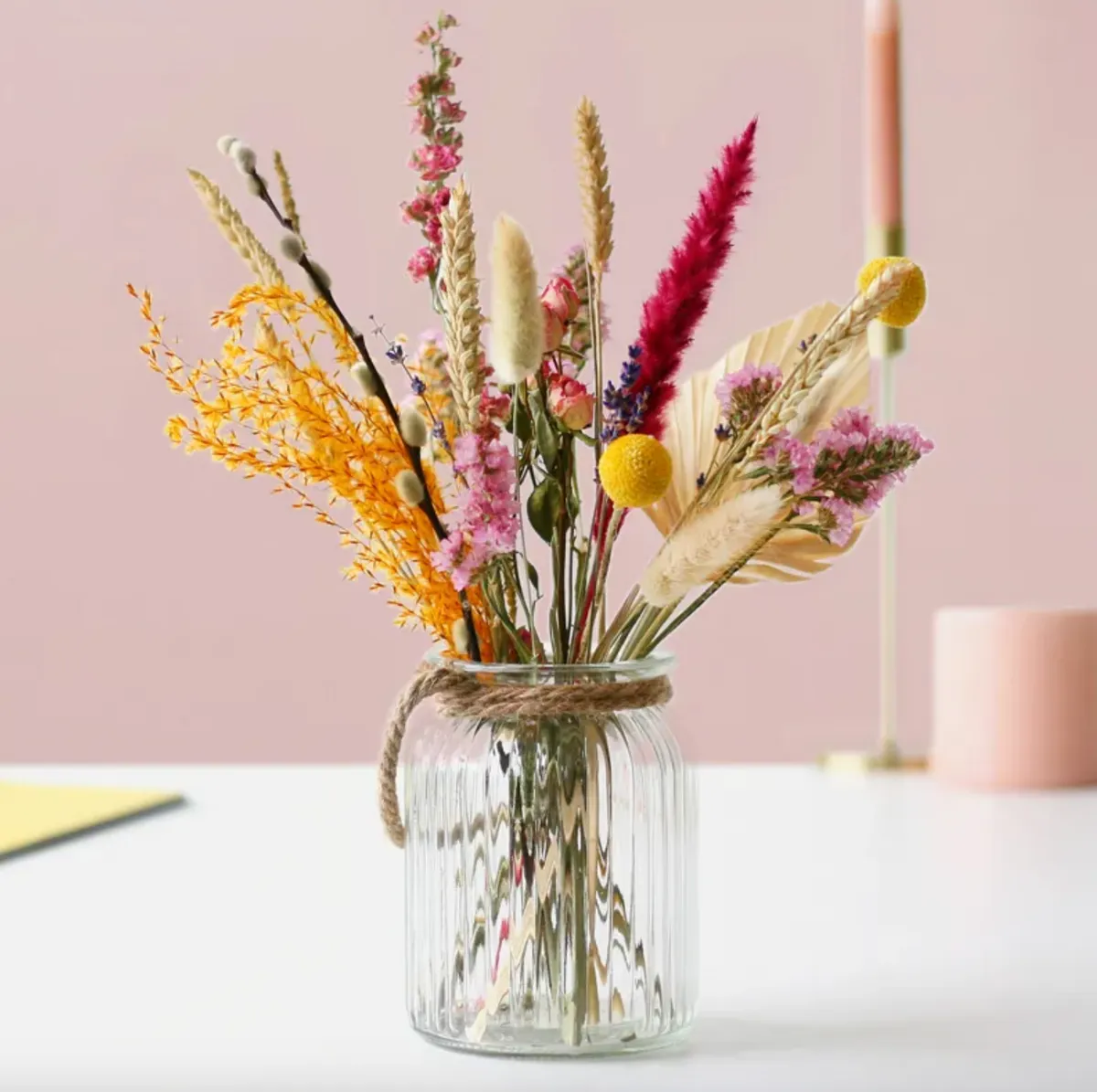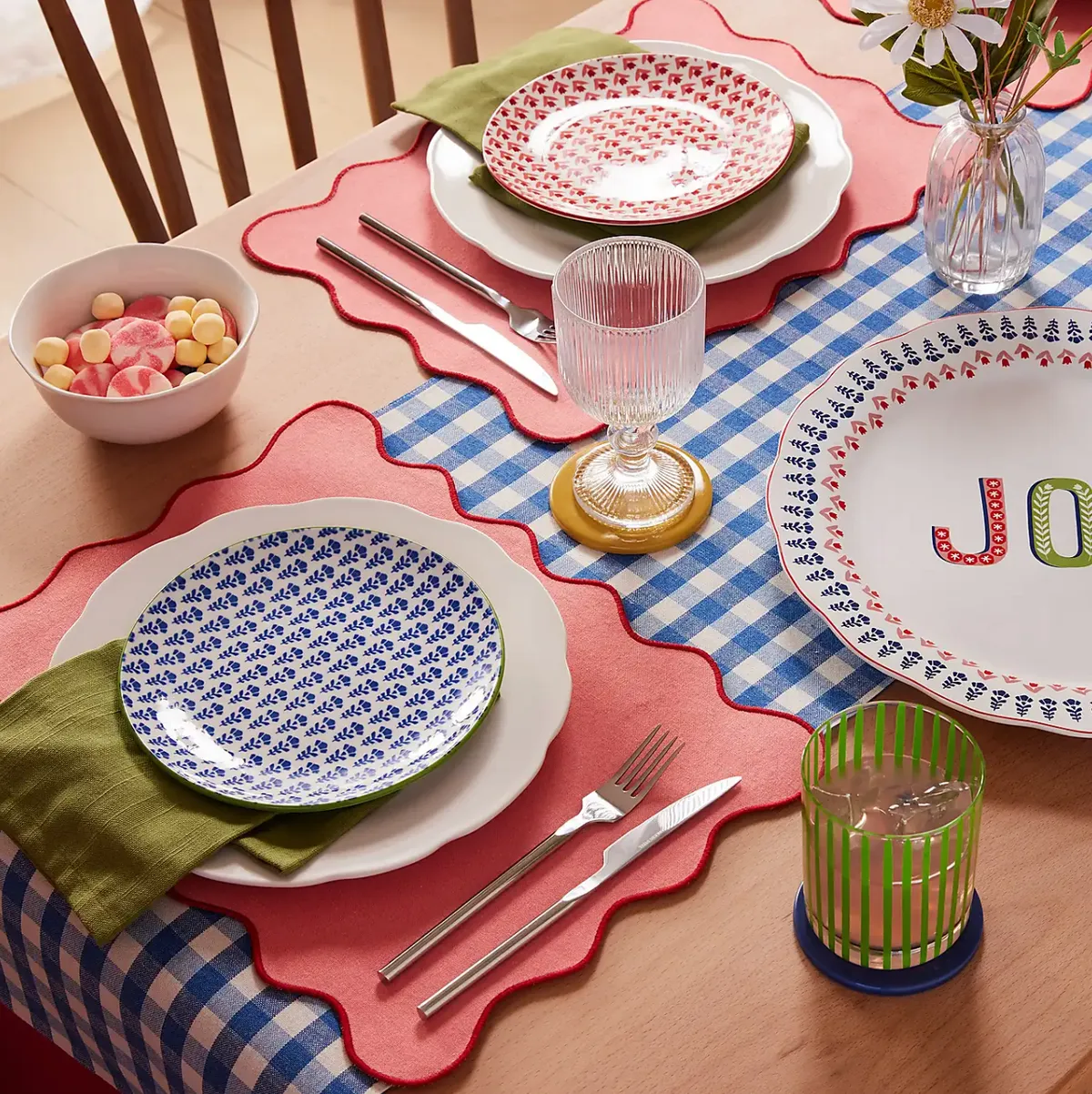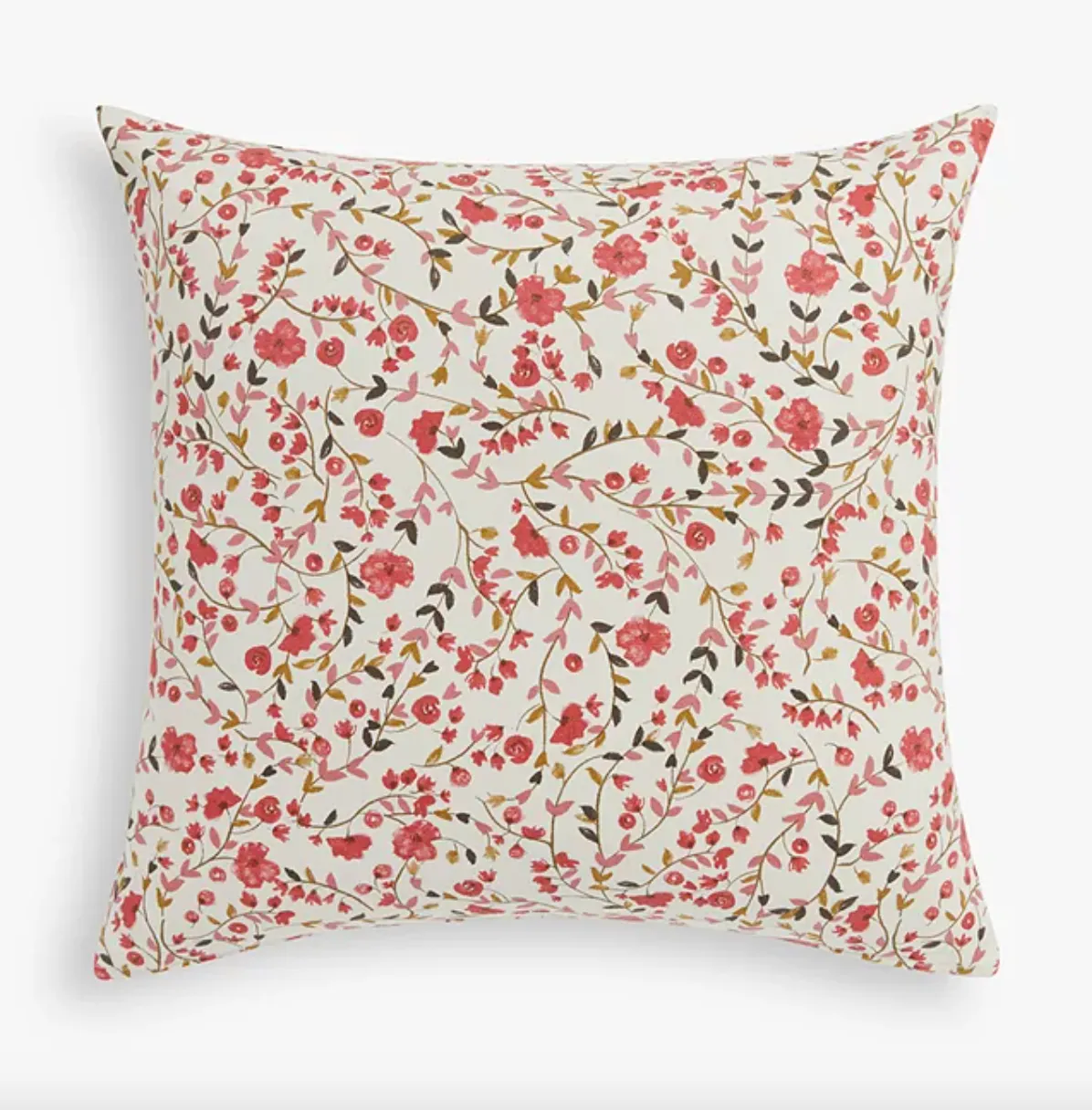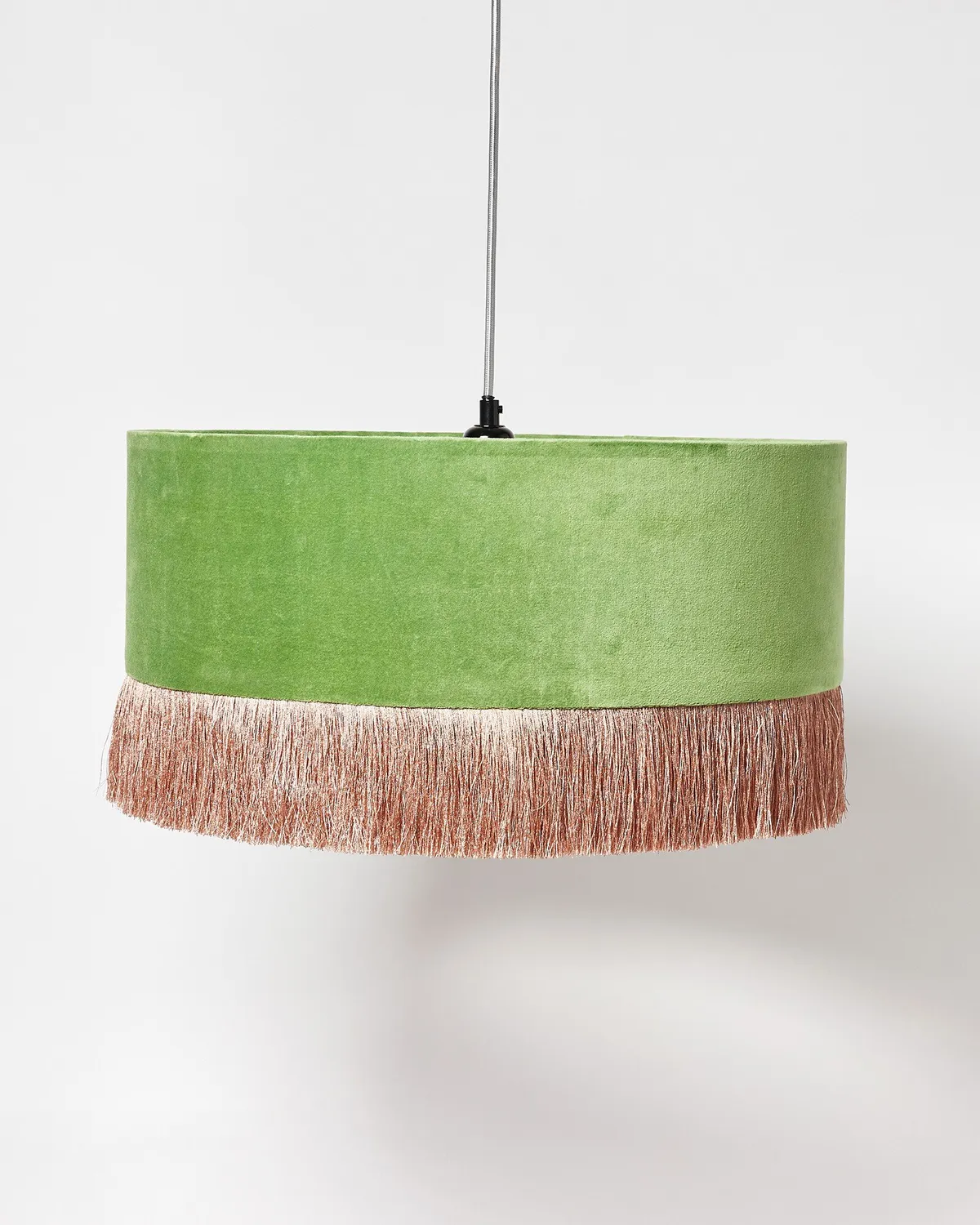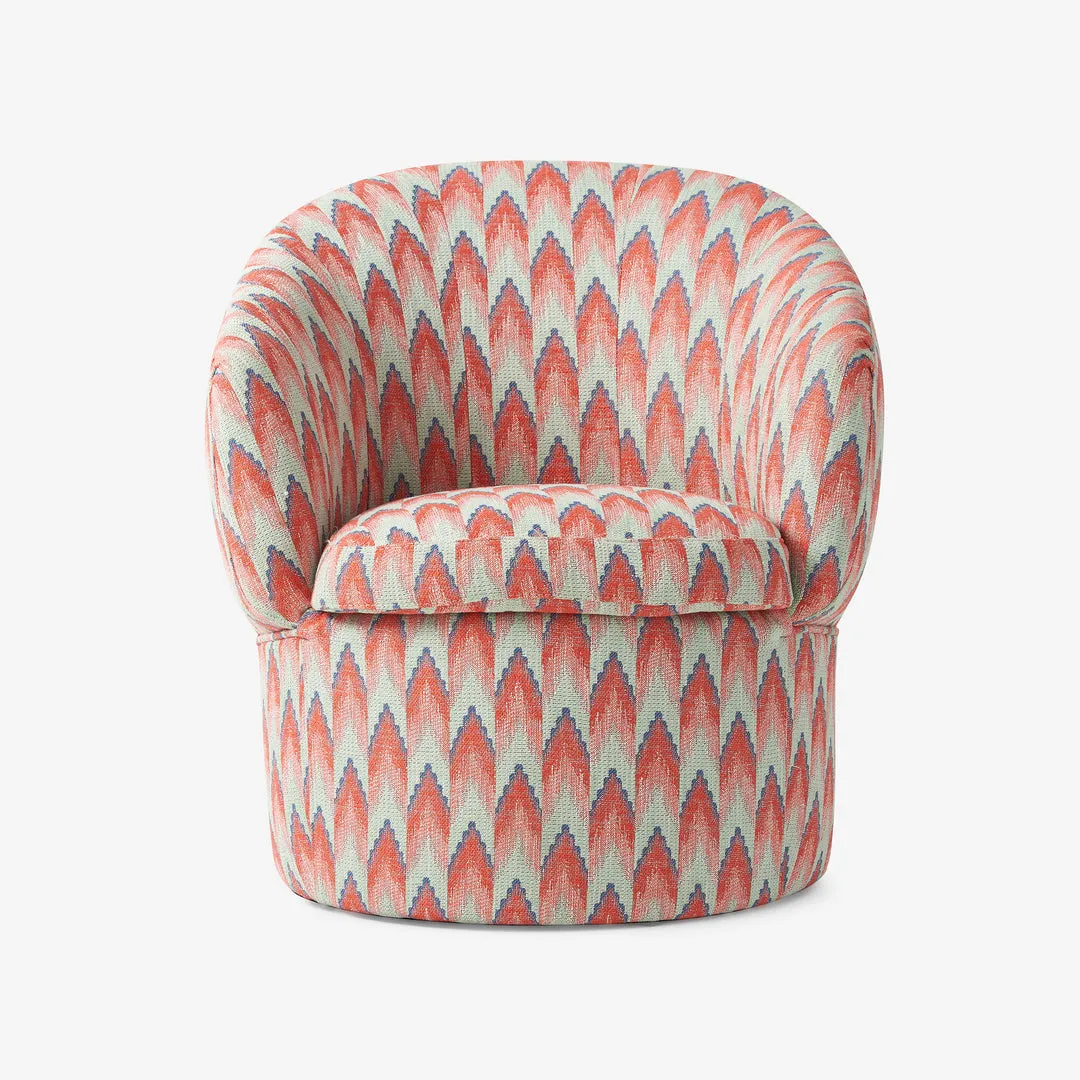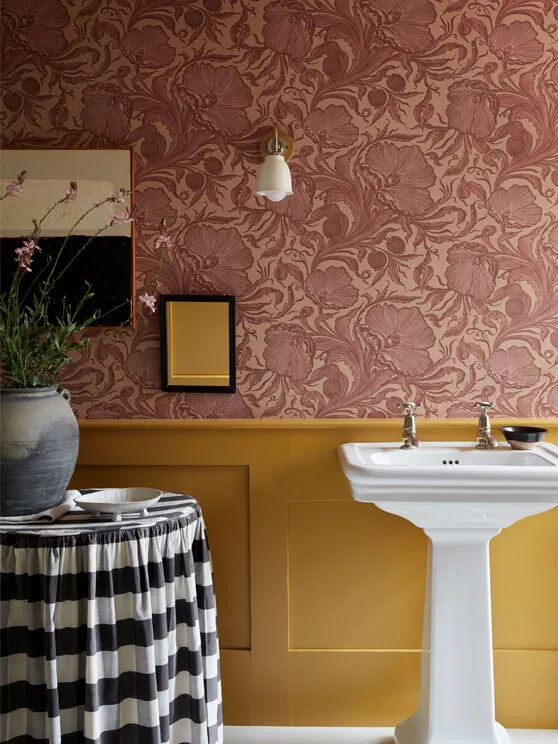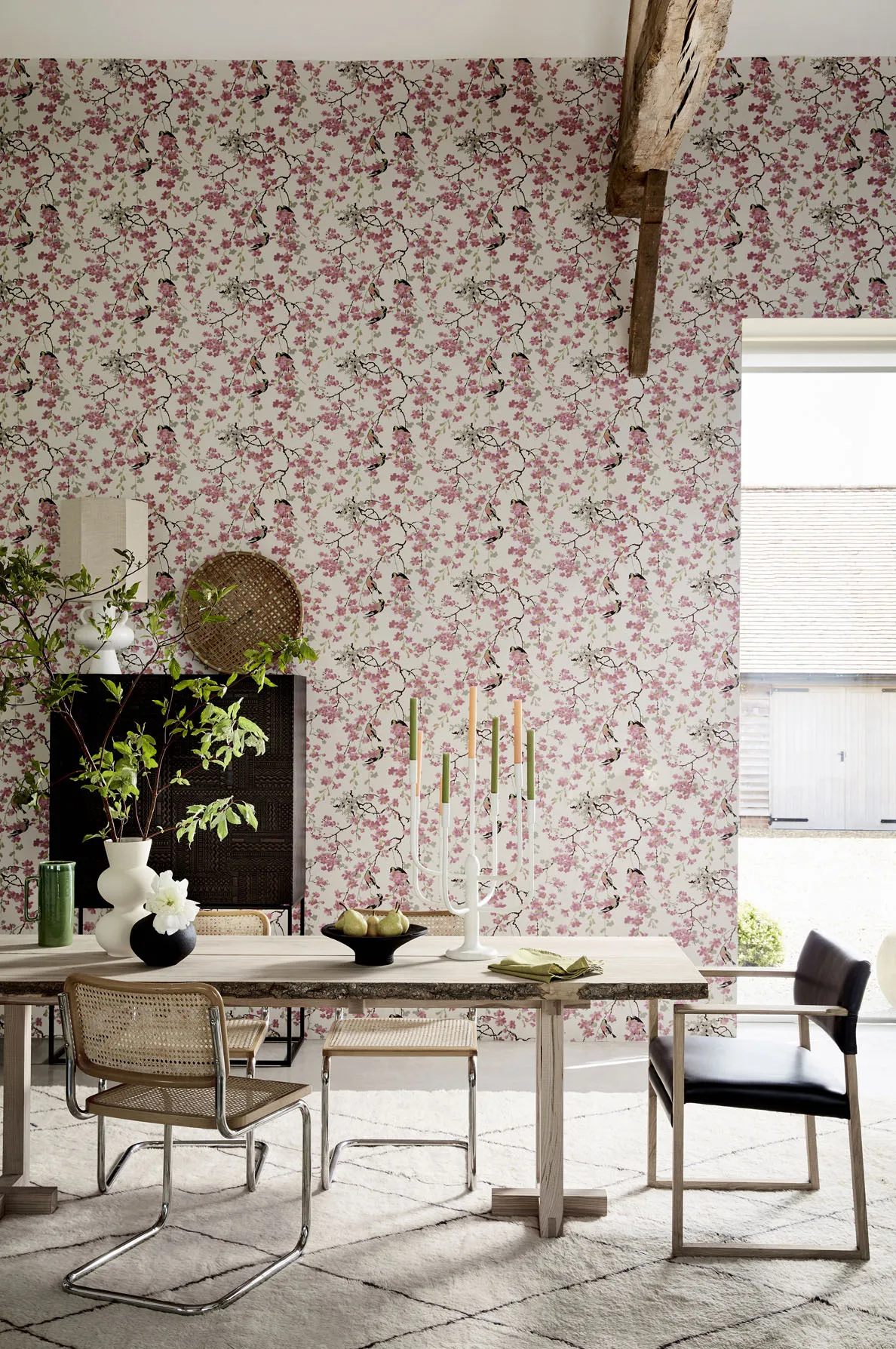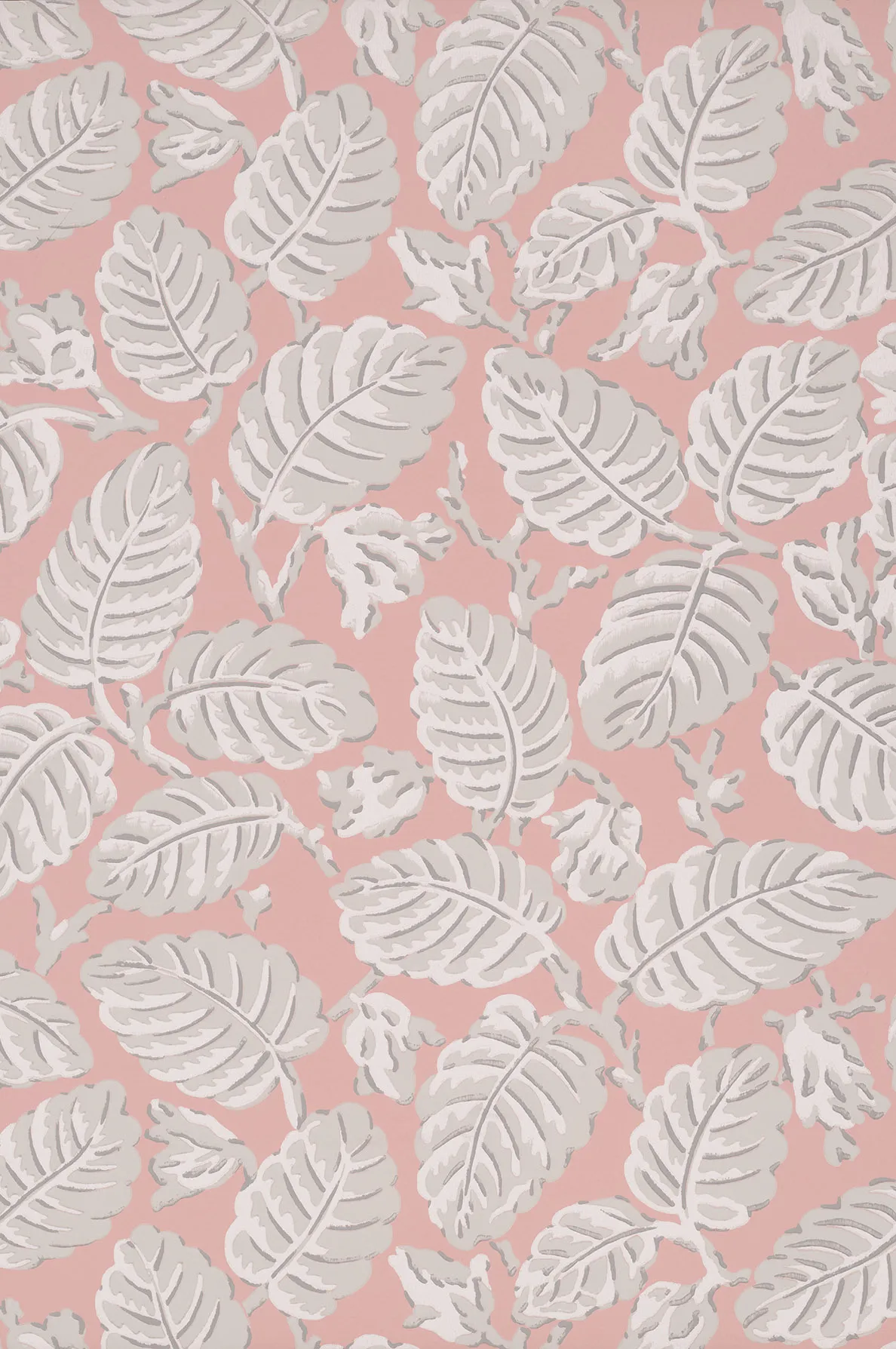Ever since the first Barbie trailer dropped, our social media feeds have been dominated by vibrant fuchsia interiors and outfits inspired by the iconic doll.
But pink interiors are nothing new - from the earthy pink limewash of 16th-century manor houses to the rosy hues of Edwardian dining schemes, this colour craze long predates Barbie's Malibu DreamHouse (which you can actually stay in on Airbnb) and the current Barbiecore mania.
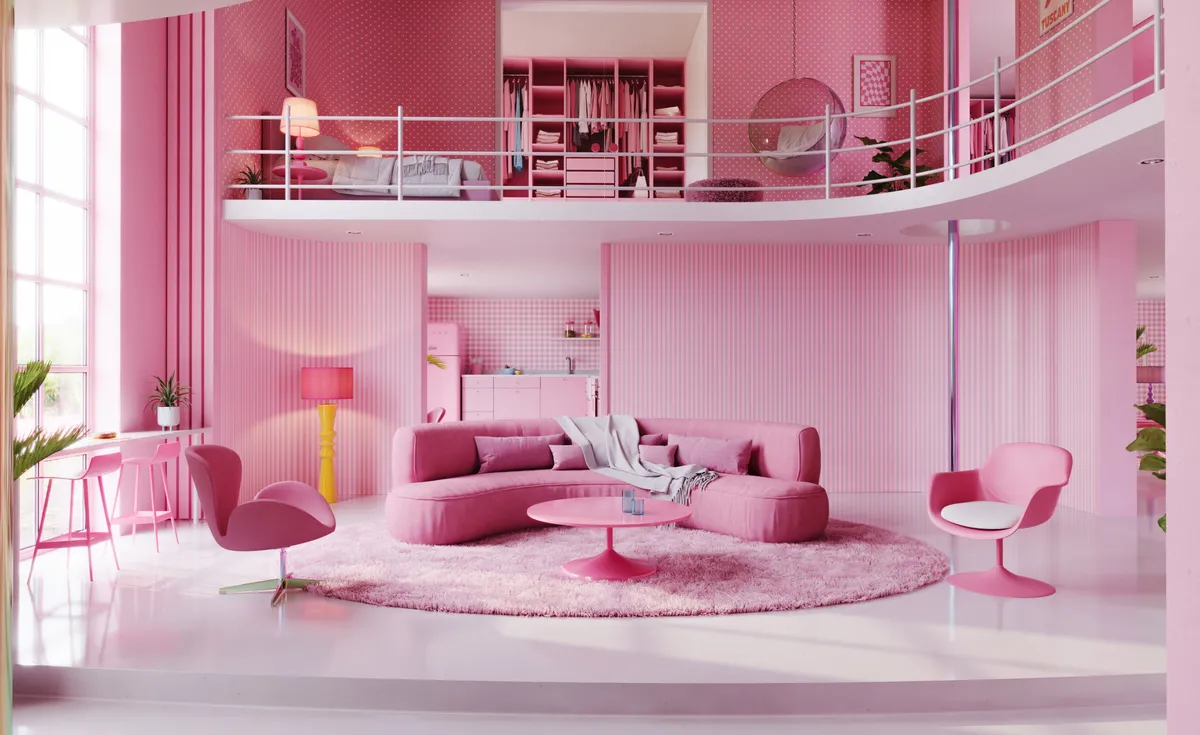
Below we take a look at the history of this uplifting colour, and Alison Dalby, interiors writer and Senior Communications Manager at the National Trust, talks us through the use and significance of pink in the trust's properties across the country.
History of pink interiors timeline
17th-century
The word pink enters the English language at the end of the century in the Latin form “Roseus”
18th-century
Pastel pink becomes a popular choice of clothing for the European bourgeoisie and royalty. This trickles through to the interior world and is a particularly popular choice for bedrooms
19th-century
Pink continues to be a fashionable choice for aristocratic and upper middle classes, and is favoured by men as much as women. In fact, it is common for mothers to dress their girls in blue, and their boys in pink. The colour only really becomes associated with femininity in the 20th century...
Early 20th-century
Pink is seen as a flirty, cheeky shade in make-up, but it is rarely seen in interiors or fashion
Pink and femininity becomes synonymous after the Second World War, when many women embrace colourful clothing and cosmetics after years of frugality and muted practical clothes
Mid-century
When Dior releases his rosy haute couture collection in the late 40s, pink really takes off in the public's wardrobes and interiors. And thanks to affordable cosmetic companies like Max Factor, Maybelline and Revlon, pink lipsticks, nail polishes and blushes become accessible to the masses
80s - 2000s
Pink starts to creep back into men's fashion (think Miami Vice), and pale pinks paired with silver tones become a go-to in interior design
Pantone’s selection of Rose Quartz as one of their two 2016 Colors of the Year kickstarts the craze for what we now call Millennial pink, and this calming muted rosy shade continues to find favour with fashion and interior lovers today
Sources: artsy.net & apartmenttherapy.com
Pink interiors through the ages
A pink kitchen, 16th-century style
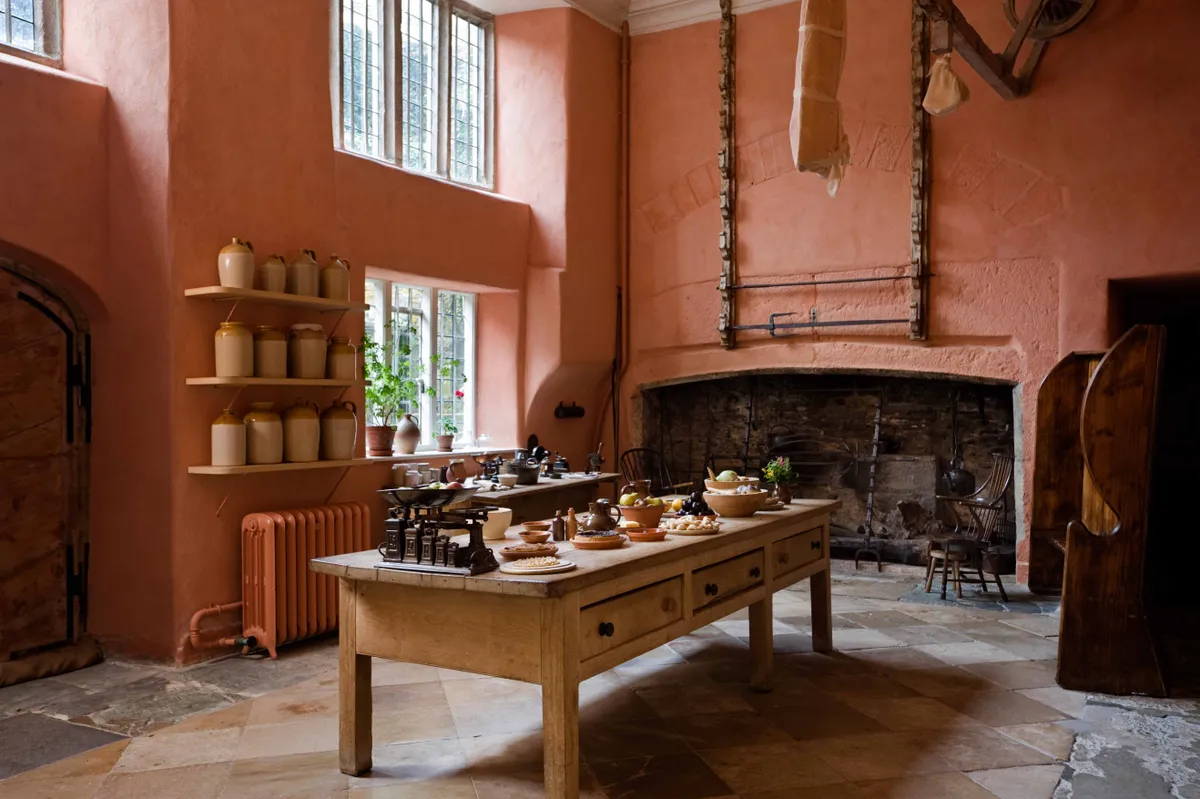
Buckland Abbey in Devon, one time home of the famous explorer Sir Francis Drake, shows off earthy pink limewash walls in its huge 16th-century kitchen. Limewash was a standard finish for homes at this time and was made by mixing crushed, burnt lime with water. It was cheap to produce, dried quickly and was permeable, meaning it could be applied to fresh lime plaster without affecting its curing or drying process. Traditionally iron oxide was added to produce the terracotta-esque pink.
Raw plaster walls are making a comeback these days, but you don't need a pestle and mortar to achieve the look - nowadays you can create the limewash effect with paint alone (phew).
Shop pink limewash style paint
A pink Rococo living room
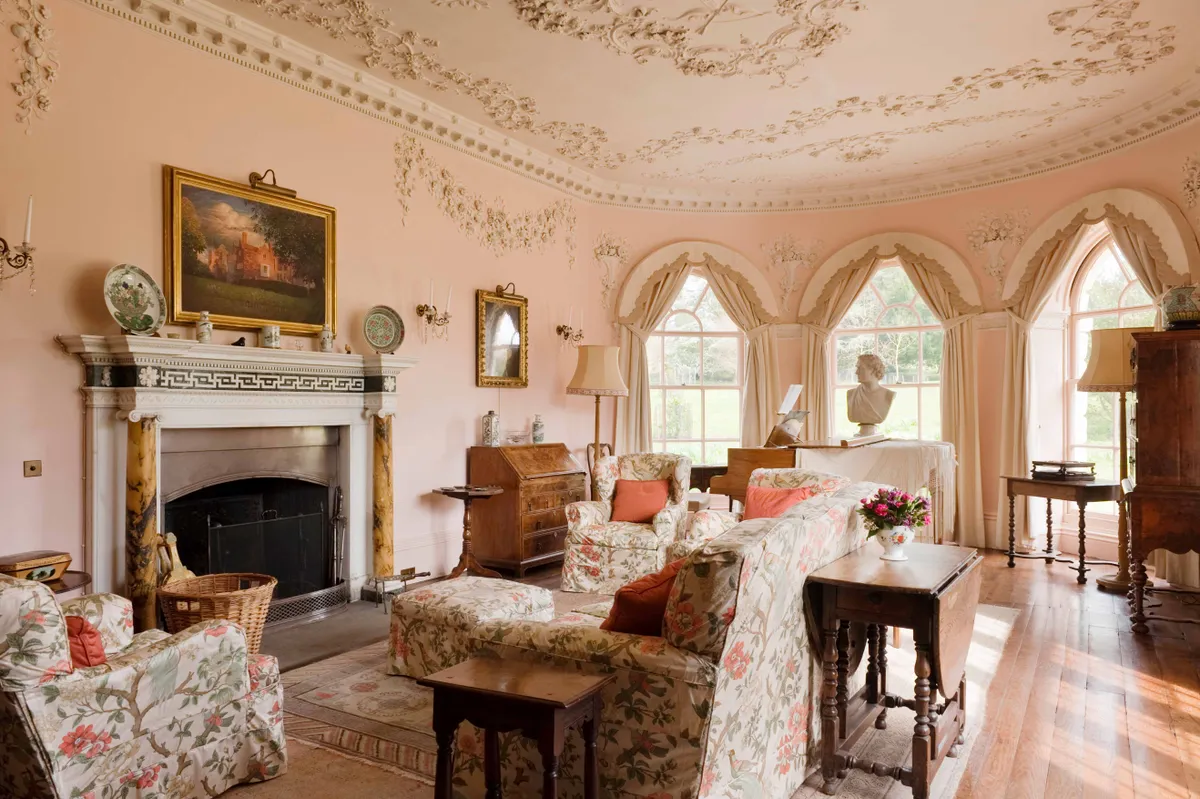
The wedding cake-prettiness of this soft pink interior scheme at Grey’s Court in Oxfordshire is achieved by the original 18th-century Rococo plasterwork with its romantic motifs of courting doves and bows and arrows which suggest the theme of love.
The plasterwork was likely commissioned to celebrate the marriage of owner Sir Thomas Stapleton to Mary Fane. From 1937, Grey’s Court was home to the Brunner family, Lady Brunner furnished the room and her favourite colour was pink.
Want to recreate this whistful style at home? Opt for floral wallpapers and fabrics, and an oh-so-subtle wash of pink. If you love the romantic Rococo look, classical-inspired Georgian interiors might tickle your fancy too.
Shop pink Rococo style homewares
An Edwardian pink tablescape

This glamorous table arrangement for an Edwardian dinner at Kingston Lacy in Dorset followed a bright pink scheme from a popular book of the time, Mrs Alfreda Praga’s ‘Dainty Dinner Tables and How to Decorate Them’.
Mrs Praga offered different vivid colour suggestions but for this pink arrangement, she advised: “If possible the d’oyleys (doilies) should be of pale pink satin with a bordering of real lace. In front of each guest, place a boutonniere (buttonhole floral arrangement) of pink carnations and ferns…and the menu cards must be pale pink with silver lettering.”
Tablescaping these days may be a little less formal, but the popularity of pink-themed parties and tableware isn't going anywhere. Dainty pink glassware, statement floral centrepieces and earthy pink crockery are a few ways of nailing the look in a contemporary way.
Shop pink tableware
A 1930s pink bedroom
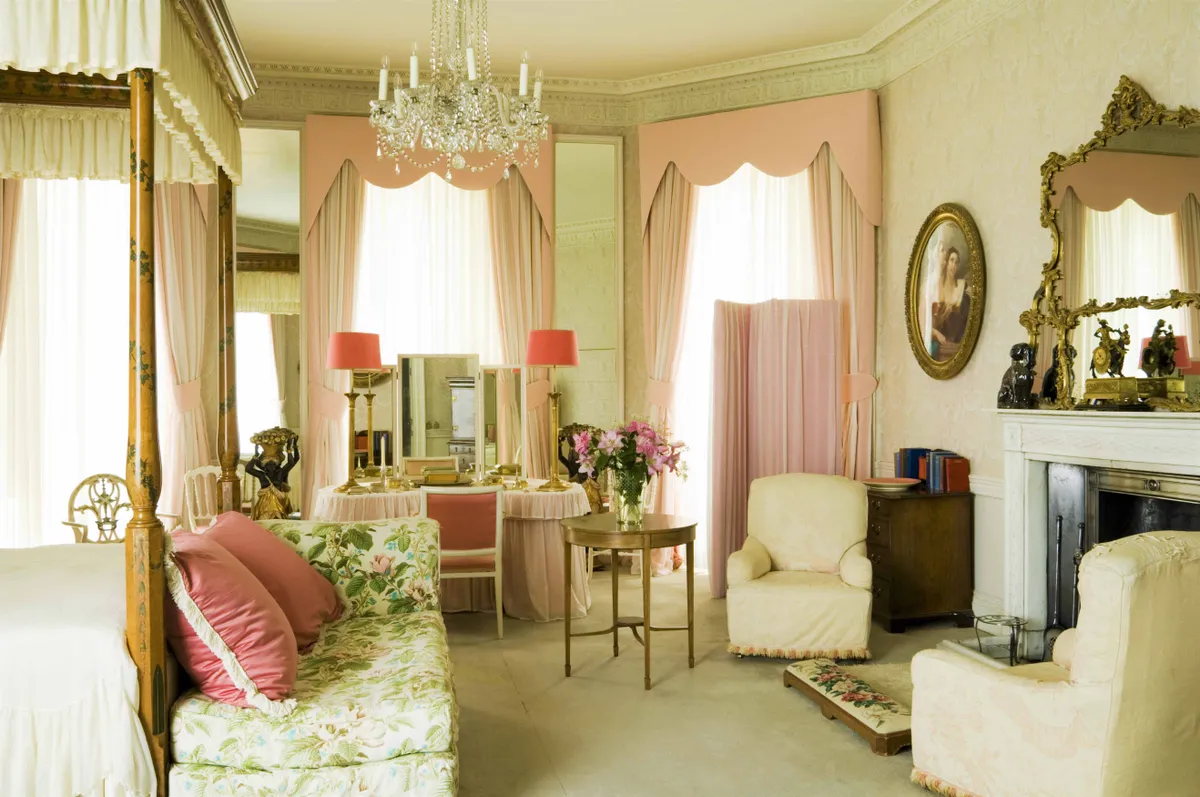
Lady Sibyl Colefax of the famous design firm Colefax and Fowler was the hand behind this beautiful pink bedroom scheme created in the 1930s for the 6th Marchioness of Anglesey at Plas Newydd in Anglesey. It is also one of the few remaining original interiors by Lady Colefax and shows her distinctive style, using chintz and muslin. Her liking for symmetry can be seen through matching objects in pairs, such as the armchairs and bright pink lamps.
Get the 1930s glamour for yourself with smart structured lamps and chairs. Velvet fabrics and polished gold accents will dial up the charm too.
Shop vintage-style pink homewares
Now you're clued up on the historic uses of pink at home, you can check out our guide to the pink sensation of 2023: Barbiecore and be inspired by our pink bedrooms, pink living rooms and pink bathrooms shopping guides.
Pink Little Greene wallpaper x National Trust
Get a truly traditional pink look at home with Little Greene's exclusive wallpaper range with the National Trust. Here is our pick of the best pink wallpaper from the collection...
Join the National Trust
Visit Buckland Abbey, Greys Court, Kingston Lacy and Plas Newydd in person, plus hundreds more places with a National Trust membership.
As a member, you’ll help protect many of our nation’s favourite places for future generations. Every penny goes towards looking after nature, beauty and history – for everyone, forever.
